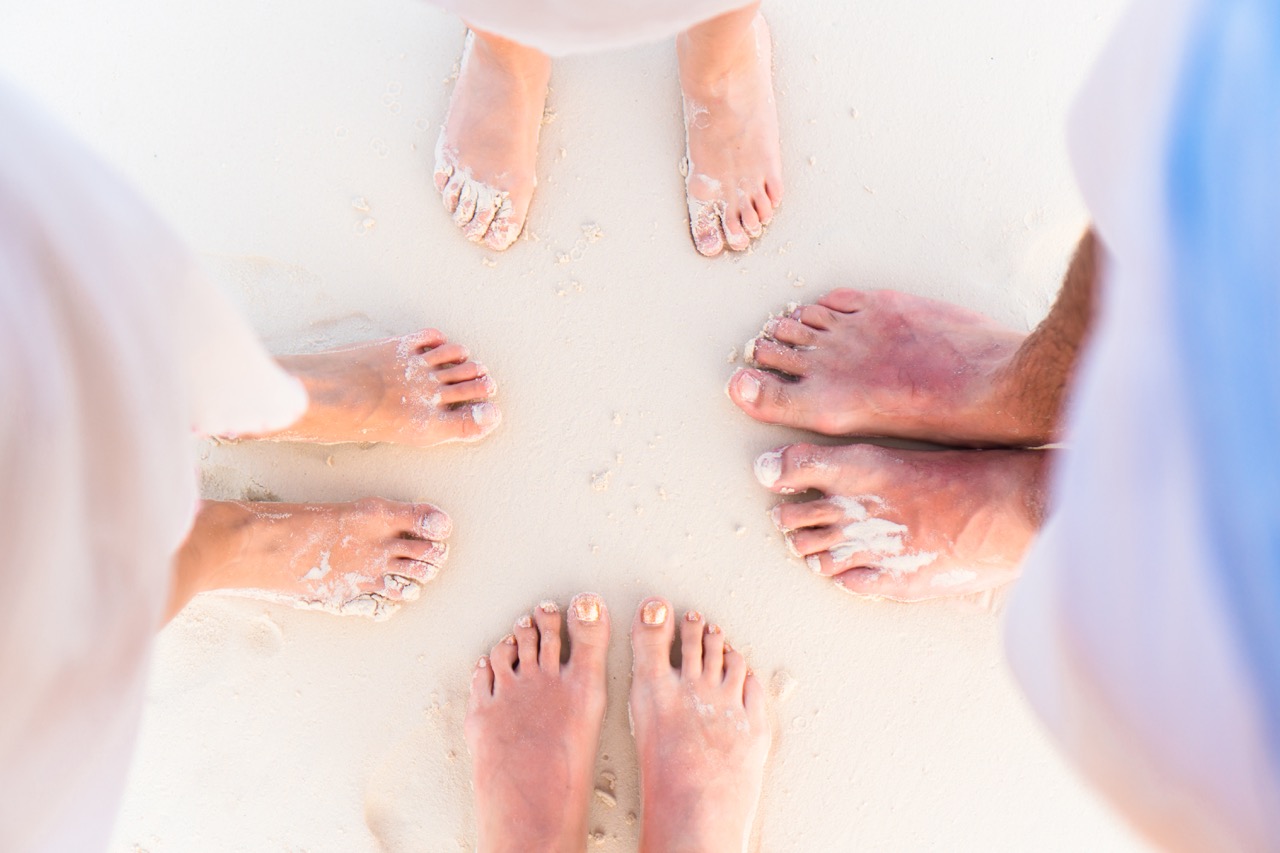How to Pick the Best Socks for Hiking in the Mountains

When it comes to hiking in the mountains, the right gear can make all the difference between an enjoyable adventure and an uncomfortable ordeal. Among the often-overlooked essentials, socks play a crucial role in ensuring comfort, support, and protection for your feet. Choosing the best hiking socks is not just a matter of preference; it significantly impacts your hiking experience, especially on rugged terrains and during extended treks. This guide will walk you through the importance of proper hiking socks, the key features to consider, the best materials for durability and comfort, and some top sock brands worth exploring.
Understanding the Importance of Proper Hiking Socks
Proper hiking socks are vital for maintaining foot health and comfort during mountain excursions. Unlike regular socks, hiking socks are specifically designed to accommodate the rigors of outdoor activities. They provide cushioning, support, and moisture-wicking properties that help prevent blisters, reduce fatigue, and manage temperature. When you hike in the mountains, the terrain can be unpredictable, and your feet need all the protection they can get.
Additionally, hiking socks act as a barrier between your foot and the boot, absorbing shock and reducing friction. This is especially important when navigating steep inclines or rocky paths, where improper footwear can lead to painful blisters or even injuries. With well-chosen hiking socks, you can enjoy longer hikes with less discomfort, allowing you to focus on the stunning vistas and the adventure ahead.
Finally, the right socks can also play a role in regulating temperature. During a hike, your feet can get hot and sweaty, and if moisture is trapped, it can lead to cold feet in cooler conditions. High-quality hiking socks wick away sweat and offer insulation when needed, keeping your feet dry and comfortable in varying weather conditions.
Key Features to Look for in Hiking Socks
When selecting hiking socks, several key features should be considered to ensure maximum comfort and performance. First, look for cushioning, which can significantly impact foot fatigue and overall comfort during hikes. Extra padding in high-impact areas, such as the heel and ball of the foot, can provide additional support against the hard surfaces often encountered on mountain trails.
Another essential feature is moisture-wicking capability. Hiking generates sweat, and moisture-wicking materials draw sweat away from your skin, helping to keep your feet dry. This is crucial in preventing blisters and maintaining thermal regulation, as damp feet can lead to cold temperatures in cooler environments. Look for socks specifically labeled as moisture-wicking to ensure optimal performance.
Additionally, consider the sock’s fit and thickness. Hiking socks come in various thickness levels, ranging from lightweight to heavyweight. Depending on your hiking boots and personal preferences, the right thickness can greatly enhance your comfort. A snug fit is essential to prevent slipping inside the boot, which can contribute to blisters. A good hiking sock should feel secure without being restrictive, striking the perfect balance between support and comfort.
Best Materials for Mountain Hiking Socks
The material of hiking socks greatly influences their performance and durability. Wool, particularly merino wool, is a popular choice for hiking socks due to its natural moisture-wicking properties and excellent insulation. Merino wool is breathable, temperature-regulating, and odor-resistant, making it ideal for long hikes where conditions change rapidly. Its ability to manage moisture keeps feet dry and warm in cold weather while remaining comfortable in warmer conditions.
Synthetic fibers, such as polyester and nylon, are other common materials used in hiking socks. These materials offer durability and are often blended with natural fibers to enhance moisture management and drying times. Synthetic socks can provide added stretch and support, making them a reliable choice for more rugged hikes that demand flexibility. Their quick-drying capabilities are particularly useful if you encounter wet conditions or need to wash your socks on the go.
Cotton, while comfortable in everyday settings, is best avoided in hiking socks. Cotton absorbs moisture without wicking it away, leading to dampness and increased friction, which can cause blisters over time. Opting for a sock made of a combination of natural and synthetic materials is often the best approach, providing the benefits of both worlds while ensuring foot health and comfort throughout your mountain adventures.
Top Hiking Sock Brands and Recommendations
Several brands have established a reputation for producing high-quality hiking socks that meet the needs of outdoor enthusiasts. Darn Tough is known for its durable, merino wool socks that come with a lifetime guarantee. Their cushion options provide excellent comfort for long hikes, and the brand’s dedication to quality ensures that their socks can withstand rigorous use in harsh conditions.
Smartwool is another leading brand, offering a wide range of merino wool hiking socks. Their products often feature targeted cushioning, mesh ventilation zones, and arch support, making them ideal for both casual and serious hikers. Smartwool’s commitment to sustainability and use of recycled materials further adds to their appeal.
Lastly, Thorlo socks are designed to provide maximum cushioning and protection against blisters. They offer different thickness options suitable for various activities, from light day hikes to rugged backpacking trips. With a focus on specific trail conditions, Thorlo provides a tailored approach to sock performance that caters to different hiking preferences.
Choosing the right hiking socks is essential for an enjoyable and comfortable hiking experience in the mountains. Investing in quality socks that offer proper cushioning, moisture-wicking capabilities, and suitable materials can significantly enhance your comfort and performance on the trails. By understanding the importance of hiking socks and considering the key features and top brands available, you can confidently select the best options to complement your hiking gear. Remember, when your feet are happy, your hiking adventures become all the more memorable.




